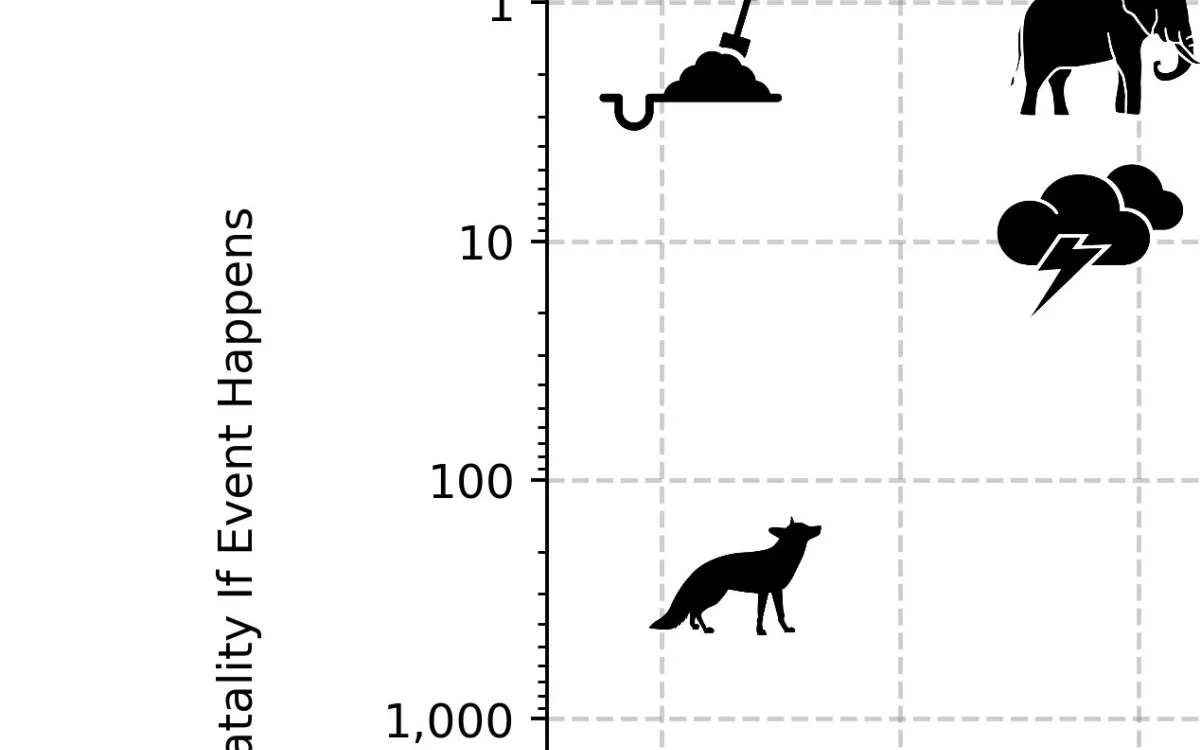
Many people are aware that a catastrophic asteroid impact played a significant role in the extinction of much of Earth's life around 65 million years ago. This knowledge often instills a sense of fear, as it raises the question of whether a similar event could occur again in the future. The scientific consensus indicates that such an event is indeed possible, but how likely is it to happen within the average person's lifetime?
A new study, recently published on the preprint server arXiv and set to appear in the Planetary Science Journal, provides valuable insights into the likelihood of dying from an asteroid impact compared to various other causes of death. Led by researcher Carrie Nugent and her team, the study aims to contextualize these probabilities for the general public, making it easier to understand the risks associated with near-Earth objects (NEOs). While previous calculations have been made, they often lack the context necessary for public comprehension.
In the study, researchers simulated the orbits of 5 million NEOs with diameters greater than 140 meters. By analyzing these simulations over a span of 150 years, they identified the frequency of potential impacts on Earth. This data was then compared to the probabilities of other unfortunate events that could occur during an average lifespan of 71 years, including lightning strikes, elephant attacks, and carbon monoxide poisoning.
The study estimates that an NEO larger than 140 meters is likely to impact Earth approximately once every 11,000 years. However, it is crucial to recognize the vast differences in fatality rates between smaller asteroids and larger ones. For instance, an NEO measuring 140-200 meters that lands in the ocean might result in zero fatalities, while a larger NEO could potentially impact millions if it strikes a densely populated area. The researchers emphasize that even if a smaller NEO were to hit Earth, there is still a significant chance that most people would survive.
The research also highlights the relative risks associated with various causes of death. When an event does occur, certain risks, such as carbon monoxide poisoning and elephant attacks, are more likely to result in fatalities. Interestingly, the study reveals that the likelihood of being killed by a >140 meter asteroid is greater than that of being struck by lightning or attacked by a coyote during one’s lifetime. Conversely, it is unsurprising that individuals are far more likely to contract the flu or be involved in a car accident than to experience an asteroid impact.
This study aims to provide context for understanding the risks associated with asteroid impacts and to underscore the importance of planetary defense. The researchers advocate for continued support of initiatives like the Double Asteroid Redirection Test (DART) Mission, which has shown that humanity has the capability to design spacecraft to deflect asteroids on a collision course with Earth. In line with this, a report by the National Academies emphasizes the need for continued work in planetary defense as a form of insurance against potential tragedies.
In conclusion, while the chances of an asteroid impact are low, understanding these probabilities is crucial. By contextualizing the risks associated with NEOs, we can better appreciate the importance of funding and prioritizing planetary defense initiatives.